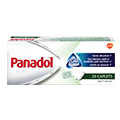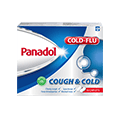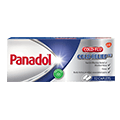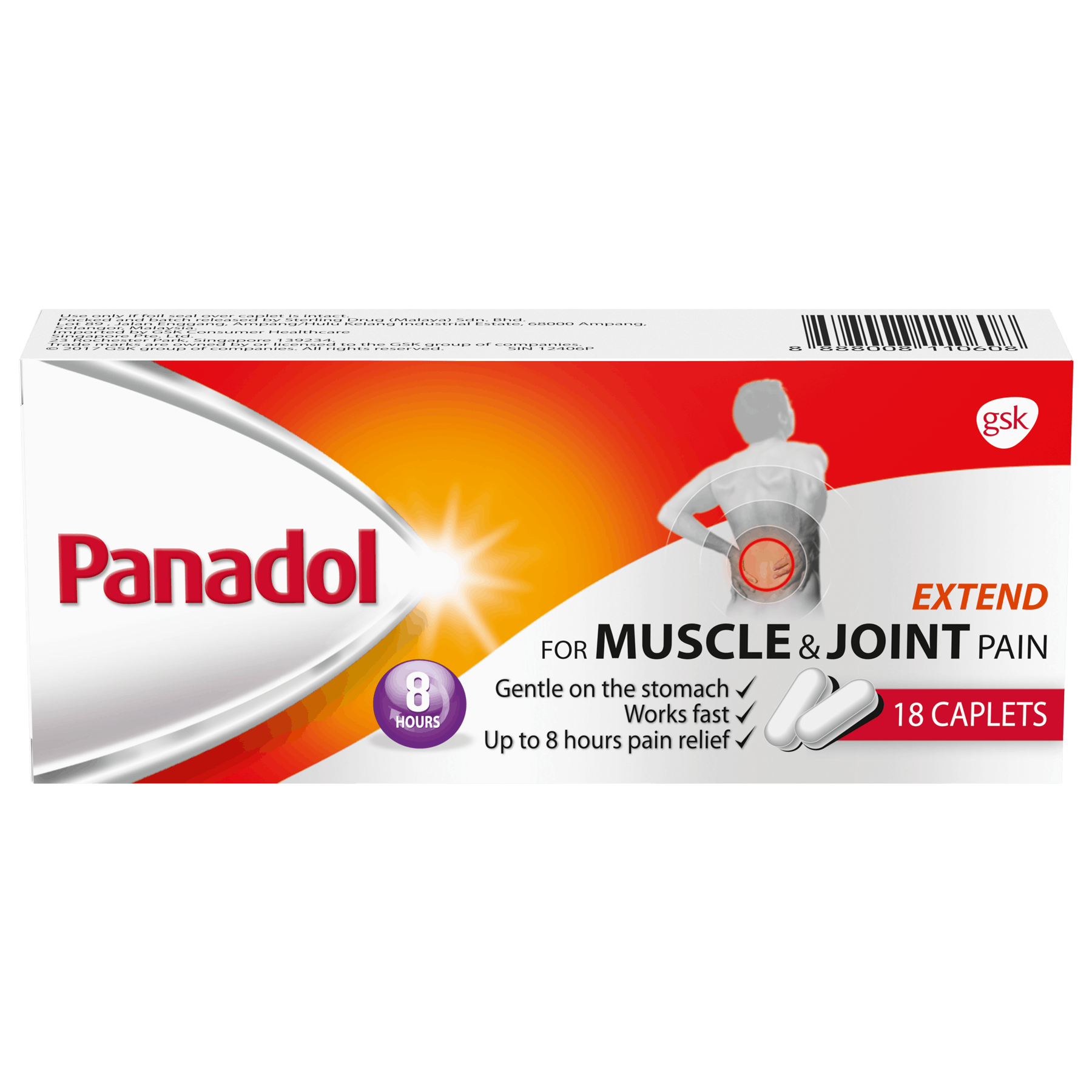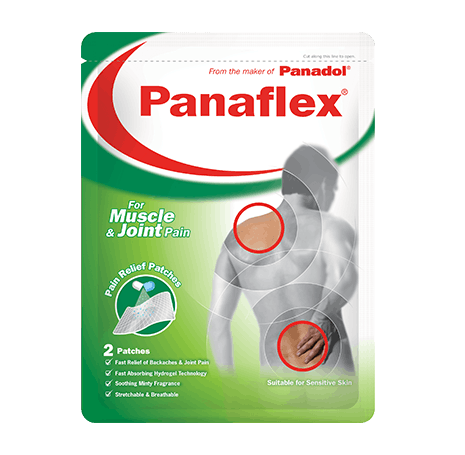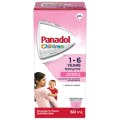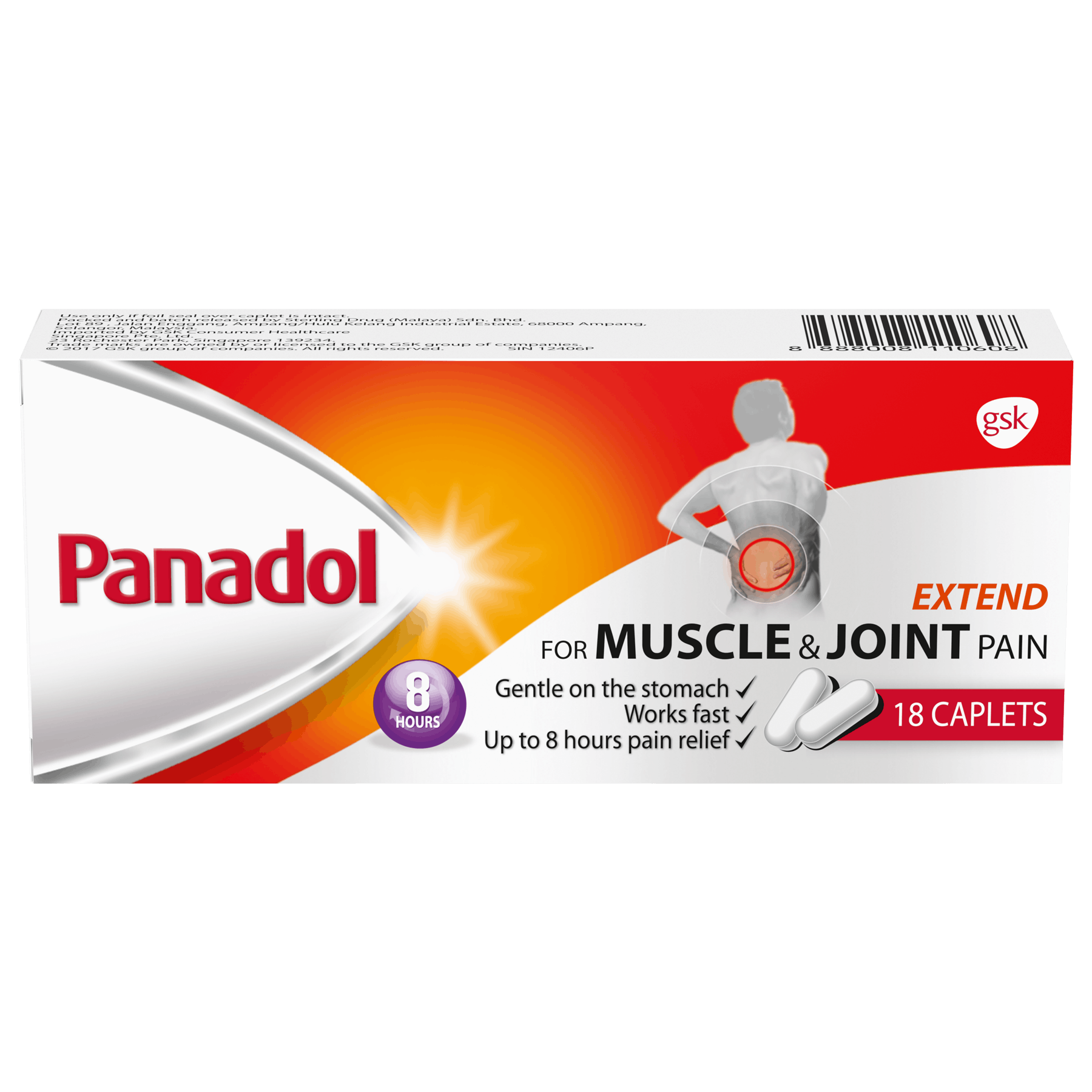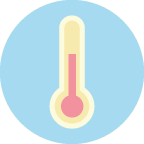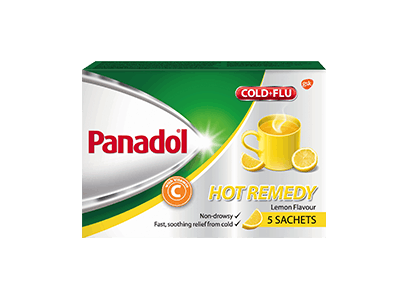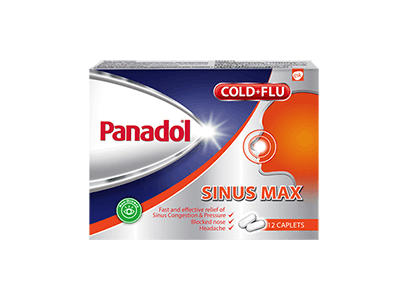

Panadol Children's Suspension 1-6 Years

Panadol Chewable Tablets

Panadol Children’s Suspension 1-12 Years

Panadol with Optizorb

Panadol Mini Caps

Panadol Soluble

Panadol Extra with Optizorb

Panadol ActiFast

Panadol Cold & Flu Hot Remedy

Panadol Cough & Cold

Panadol SinusMAX

Panadol Cold Relief PE

Panadol Extend

Panaflex Patch

Panadol Menstrual

Panadol Cold Relief PSE
Compare Now (0/5)
- Product
- Format
- Age
- Key Features
- Ingredients

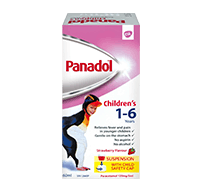
Panadol Children's Suspension 1-6 Years
- Suspension
- 1-6 Yrs
- Gentle on the Stomach
- Active Ingredient: 120 mg/5 ml Paracetamol
- No Alcohol.
- No Aspriin.

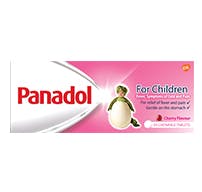
Panadol Chewable Tablets
- Chewable Tablets
- 2-12Yrs
- Gentle on the Stomach
- Active Ingredient: 120 mg Paracetamol

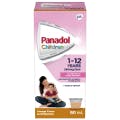
Panadol Children’s Suspension 1-12 Years
- Suspension
- 6 -12 Yrs
- Gentle on the Stomach
- Active Ingredient: 250 mg/5ml Paracetamol

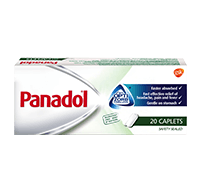
Panadol with Optizorb
- Caplets
- 12+ Yrs
- Quicker Absorption
- Active ingredient: 500mg Paracetamol

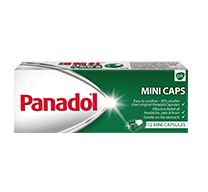
Panadol Mini Caps
- Caplets
- 12+ Yrs
- Easier to Swallow
- Active ingredient: 500mg Paracetamol
- No gluten, lactose or sugar

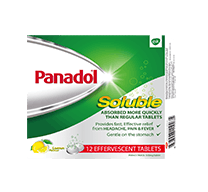
Panadol Soluble
- Effervescent Tablets
- 12+ Yrs
- Quicker Absorption
- Active ingredient: 500mg Paracetamol


Panadol Extra With Optizorb
- Caplets
- 12+ Yrs
- Fights Tough Pain
- Active ingredient: 500mg Paracetamol, 65mg Caffeine


Panadol ActiFast
- Caplets
- 12+ Yrs
- Absorbed 2x Faster
- Active ingredient: 500mg of Paracetamol.

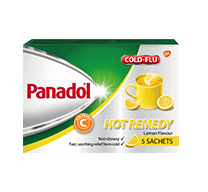
Panadol Cold & Flu Hot Remedy
- Powder Sachet
- 12+ Yrs
- Hot Drink
- Active ingredient: 750mg Paracetamol, 10mg Phenylephrine HCI, 60mg Vitamin C

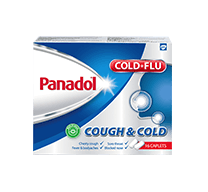
Panadol Cough & Cold
- Caplets
- 12+ Yrs
- Multi-Symptomatic Relief
- Active ingredient: 250mg Paracetamol, 5mg Phenylephrine HCI, 100mg Guaiphenesin


Panadol SinusMAX
- Caplets
- 12+ Yrs
- Sinus Pain
- Active ingredient: 500mg Paracetamol, 5mg Phenylephrine HCI

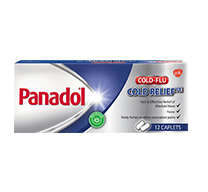
Panadol Cold Relief PE
- Caplets
- 12+ Yrs
- Relief of Cold & Flu Symptoms
- Active ingredient: 500mg Paracetamol, 5mg Phenylephrine HCI

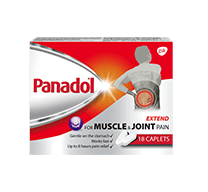
Panadol Extend
- Caplets
- 12+ Yrs
- Long-Lasting Relief
- Active ingredient: 665mg Paracetamol

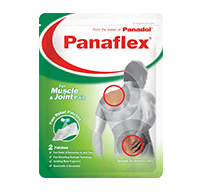
Panaflex Patch
- Patch
- 12+ Yrs
- Back Pain Remedy
- Active ingredient: 1.5% w/w Glycol Salicylate, 1.0% w/w L-Menthol, 0.5% w/w DL-Camphor, 0.3% w/w DL-α- Tocopherol Acetate (Vitamin E)

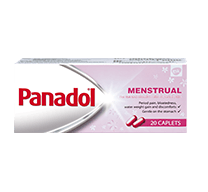
Panadol Menstrual
- Caplets
- 12+ Yrs
- Relief Period Pain
- Active ingredient: 500mg Paracetamol, 25mg Pamabrom

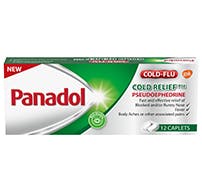
Panadol Cold Relief PSE
- Caplets
- 12+ Yrs
- Relief of Blocked and/or Runny Nose and Other Cold Symptoms
- Active ingredient: Paracetamol 500mg, Pseudoephedrine hydrochloride 30mg
Minimise

Cold & Flu
Everyone gets a cold from time to time. More than 200 different viruses can cause a cold, but the rhinovirus is the most common culprit. Its symptoms typically include runny nose, coughing and sneezing. It is worth noting that a cold isn’t the same as the flu (influenza). Flu symptoms are more severe and can include a fever and shaking chills, aches and pains, lethargy and headaches.
WHEN TO SEE A DOCTOR FOR SINUS AND ALLERGY SYMPTOMS
Allergies can cause itchy, watery eyes, runny nose, and sinus pain. They are the body’s reaction to usually harmless substances known as allergens. Upon contact with these allergens, the body produces antibodies to fight them.57
While this is helpful with sickness-causing germs, it is not so helpful with allergens. A chemical that is produced by the body’s response is histamine, and it is actually histamine – not allergens like mould or pet hair – that causes allergic symptoms.57
Your sinuses, which are vital air-filled sacs in your skull, are normally germ-free. But if too much mucus blocks the sinus openings, as may happen during an allergic reaction, bacteria can thrive and multiply.58 This could lead to sinusitis.

Consult your doctor if:58
- symptoms last longer than 10-14 days or a cold gets worse after 7 days
- you have a severe sinus headache that is not relieved by over-the-counter painkillers
- symptoms remain after taking a full course of medicine prescribed by the doctor
- there are changes in vision during an episode of sinusitis.

Home remedies can be helpful for managing sinus pain. Some tips include:58
- applying a warm, moist washcloth to your face and forehead several times a day
- inhaling steam from the shower – avoid using a bowl of hot water as hot steam may burn the lining of the nose
- drinking plenty of liquids and using a saline nasal spray or humidifier if the environment is dry

